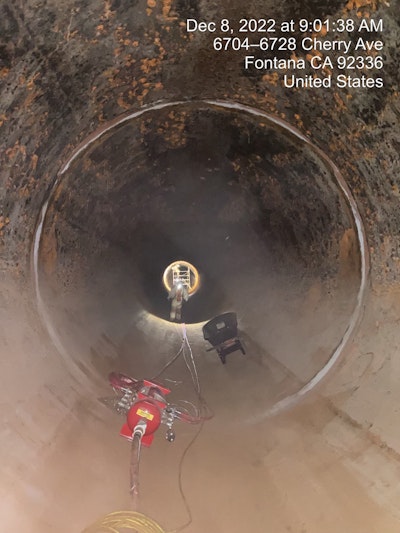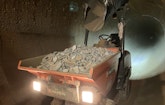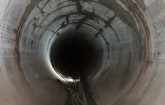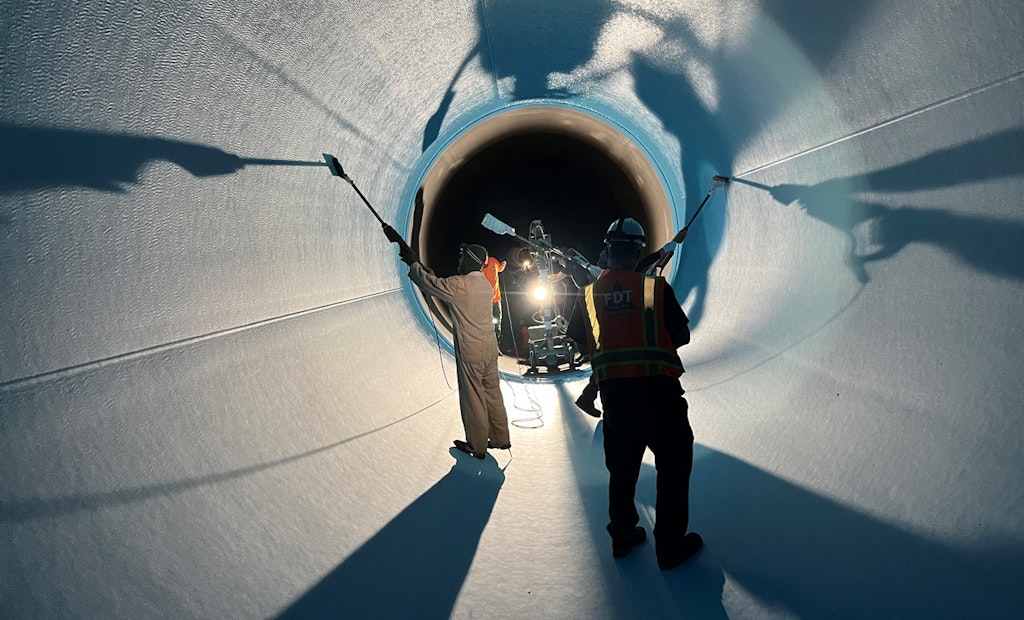Los Angeles residents and neighboring communities rely on a complex network of reservoirs, canals and pipelines that bring water from the wetter parts of Northern California to the parched basins and valleys of the south.
Protecting any water distribution infrastructure from...












